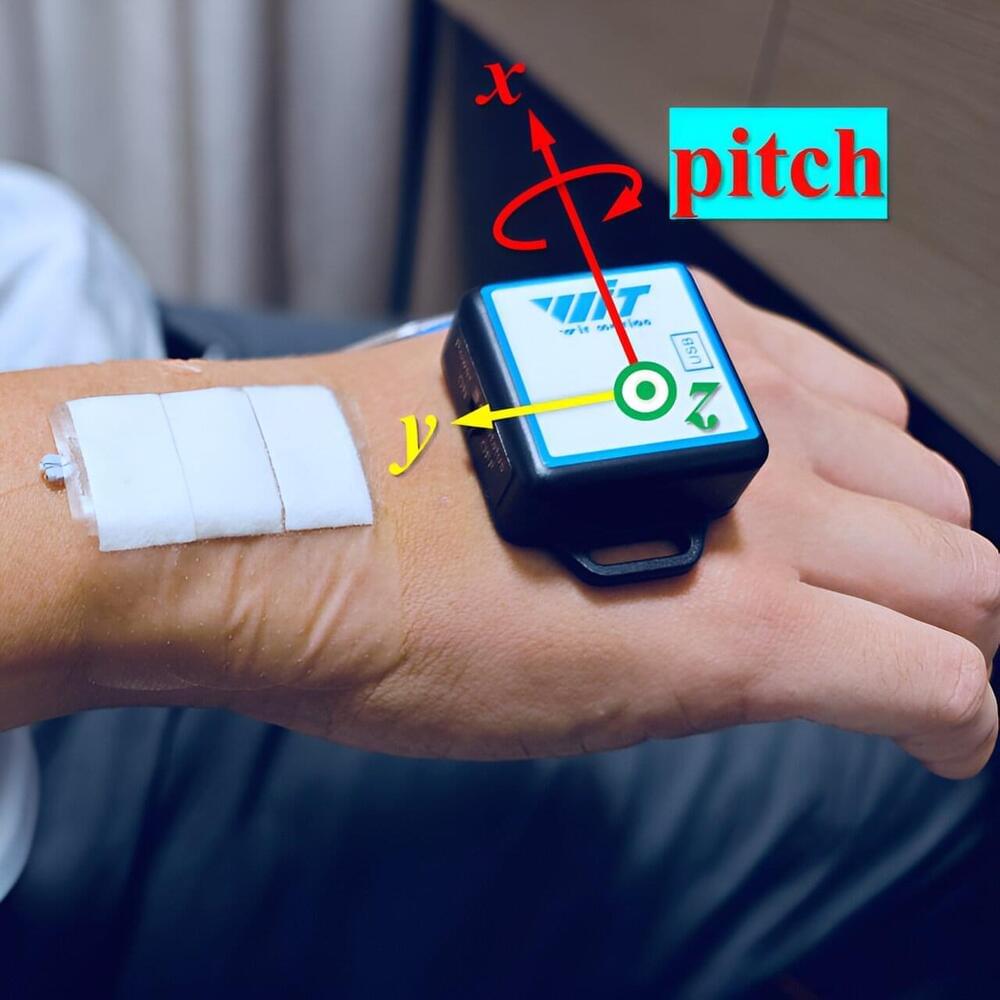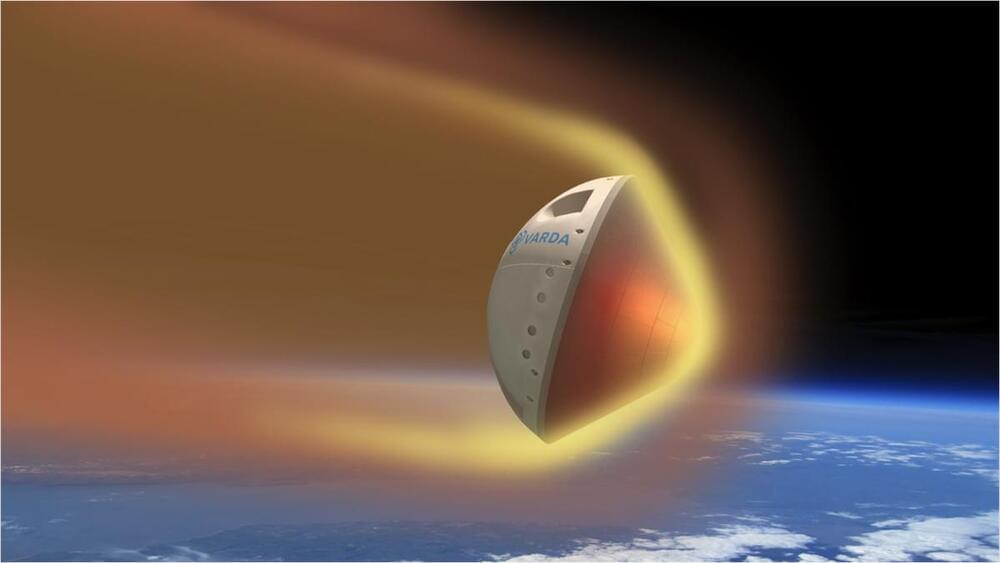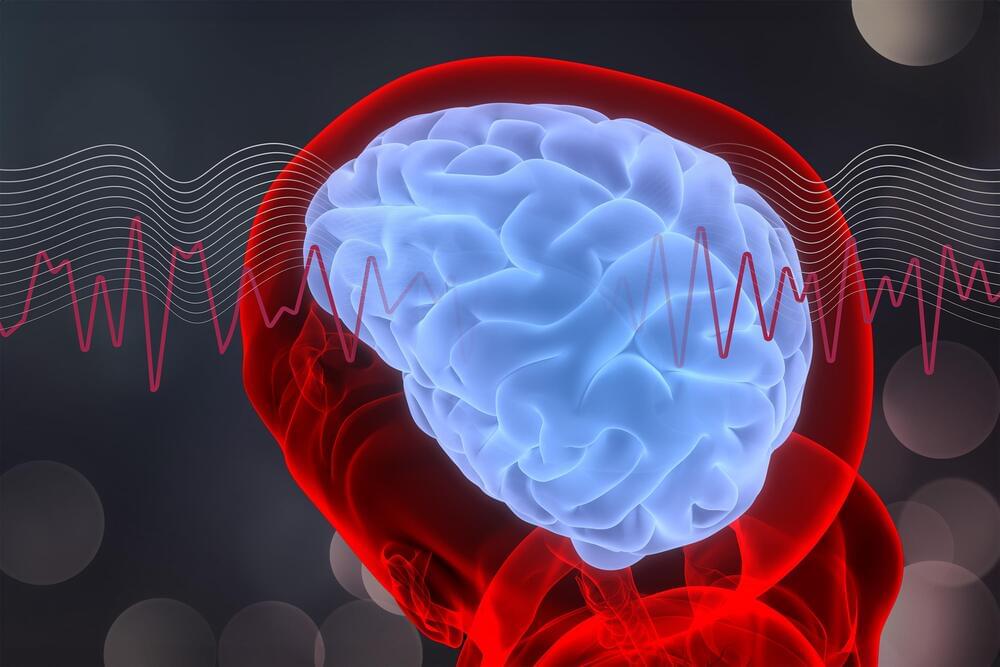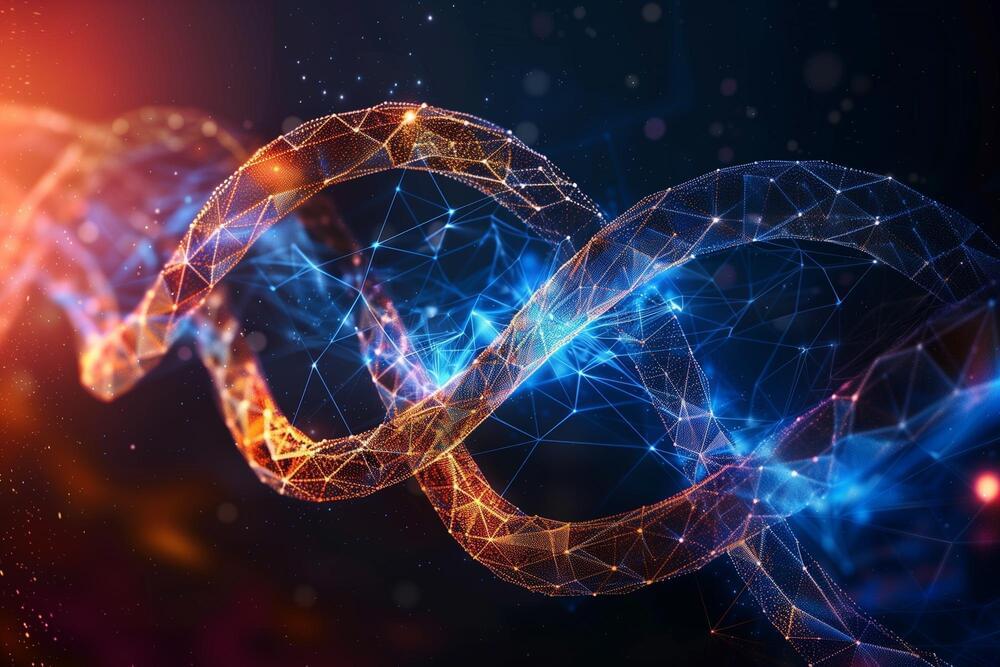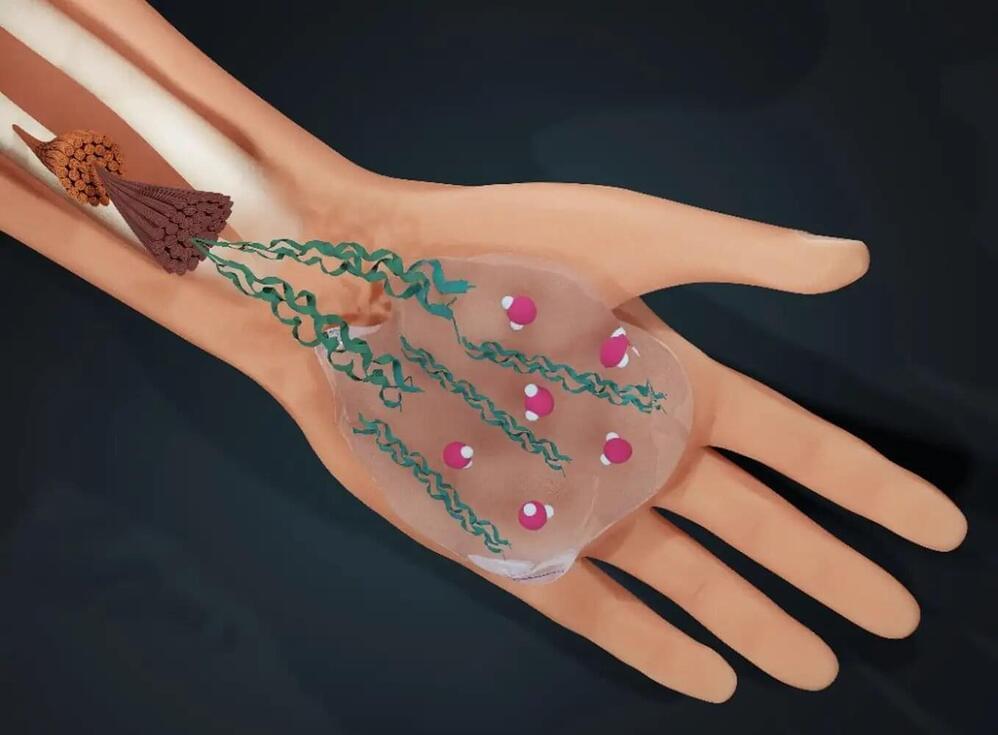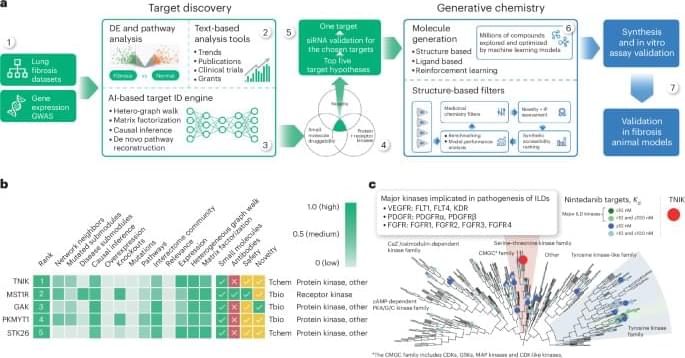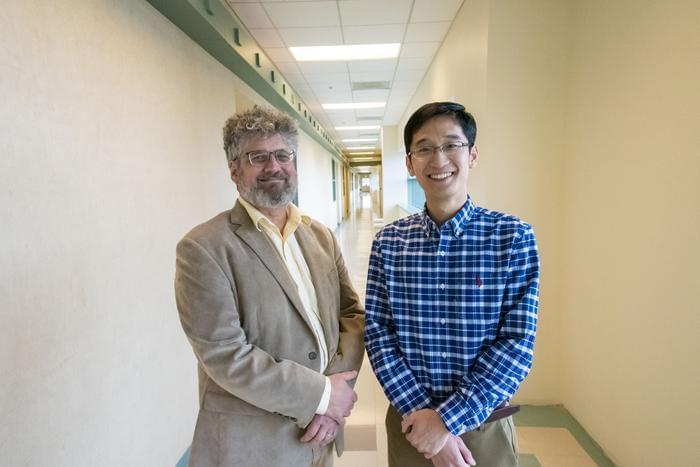Mar 10, 2024
Future Organic Computing
Posted by Dan Breeden in categories: biotech/medical, quantum physics, robotics/AI
Organic computers are based on living, biological “wetware”. This video reports on organic computing research in areas including DNA storage and massively parallel DNA processing, as well as the potential development of biochips and entire biocomputers. If you are interested in this topic you may enjoy my book “Digital Genesis: The Future of Computing, Robots and AI”. You can download a free pdf sampler, here: http://www.explainingcomputers.com/ge… purchase “Digital Genesis” on Amazon.com here: http://amzn.to/2yVKStK Or purchase “Digital Genesis” on Amazon.co.uk here: http://www.amazon.co.uk/dp/1976098068… Links to specific research cited in the video are as follows: Professor William Ditto’s “Leech-ulator”: http://www.zdnet.com/article/us-scien… Development of transcriptor at Stanford: https://med.stanford.edu/news/all-new… Harvard Medical School DNA storage: https://hms.harvard.edu/news/writing–… Yaniv Erlich and Dina Zielinski DNA storage: http://pages.jh.edu/pfleming/bioinfor… Manchester University DNA parallel processing: http://rsif.royalsocietypublishing.or… All biocomputer and other CG animations included in this video were produced by and are copyright © Christopher Barnatt 2017. If you enjoy this video, you may like my previous report on quantum computing: • Quantum Computing 2017 Update More videos on computing-related topics can be found at:
/ explainingcomputers You may also like my ExplainingTheFuture channel at:
/ explainingthefuture.


